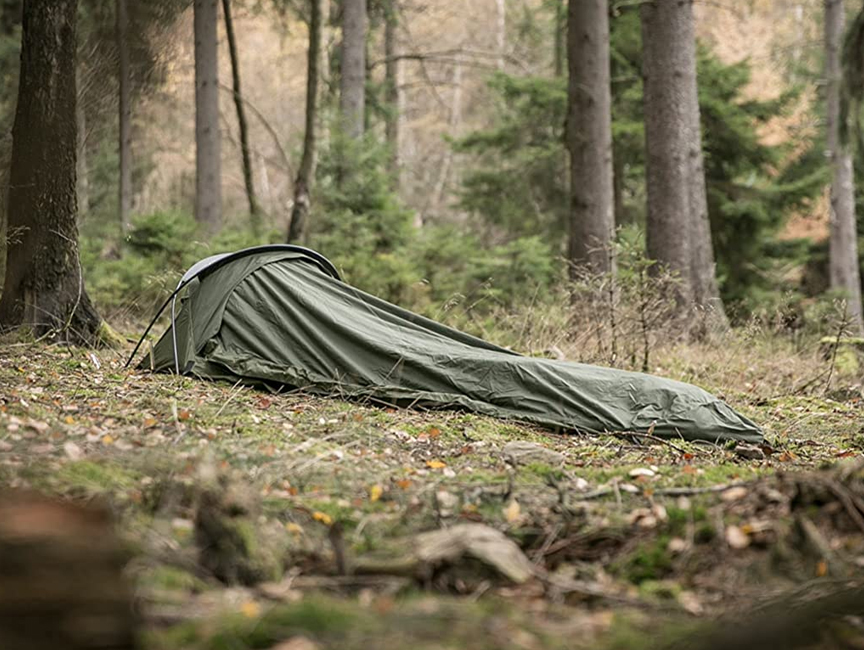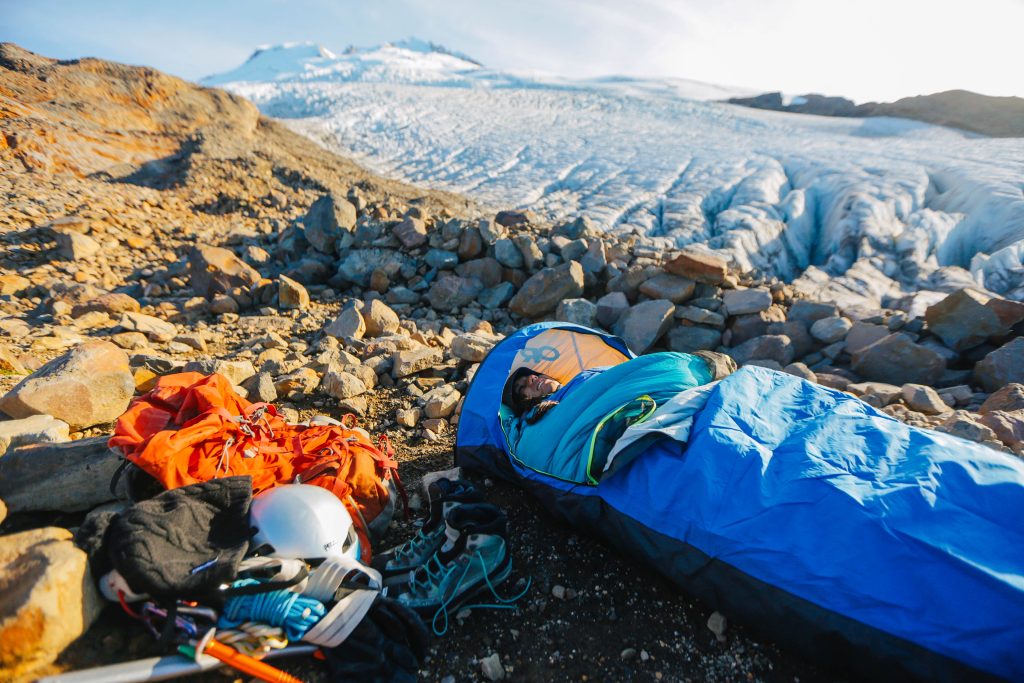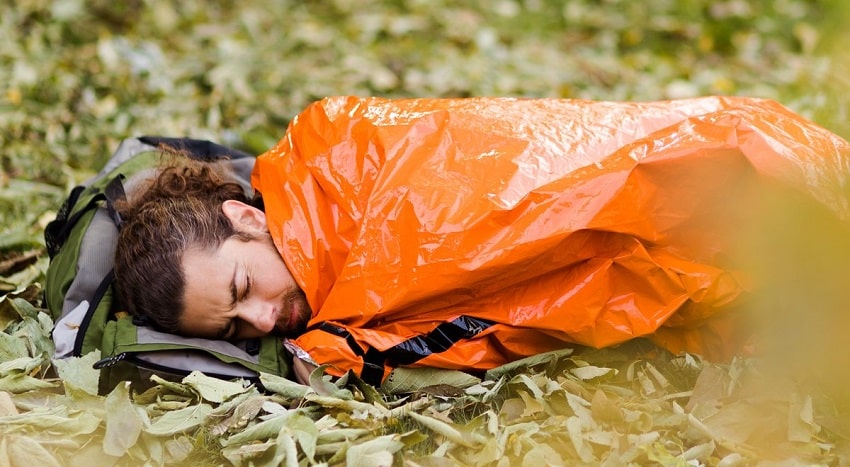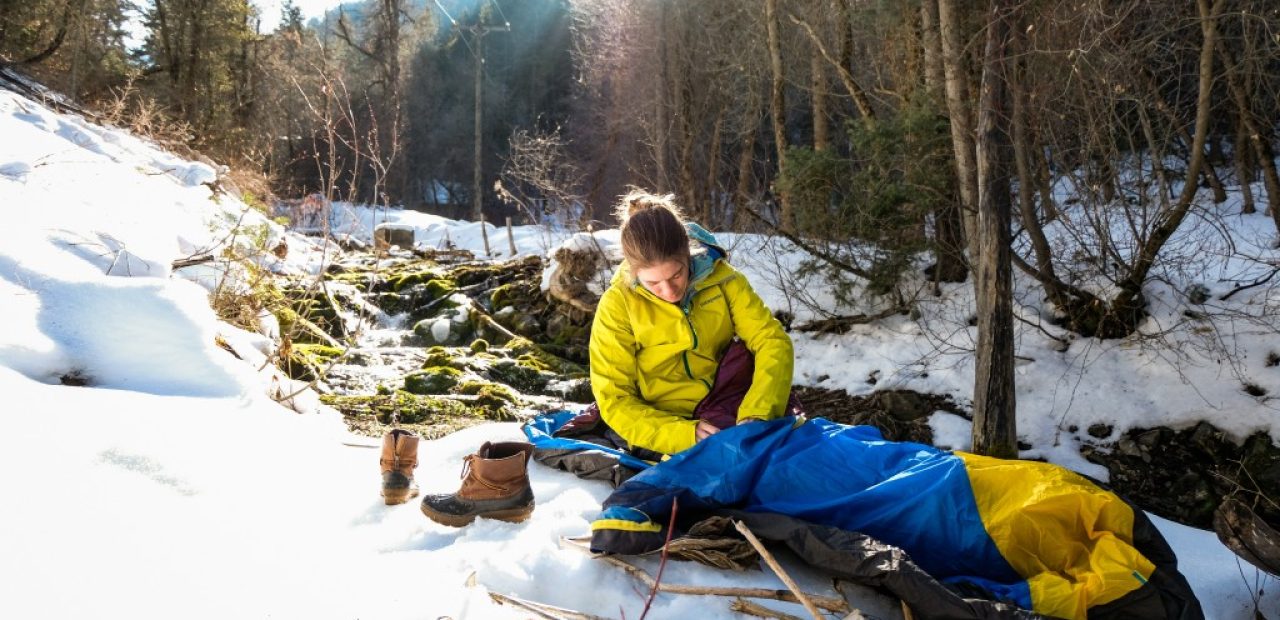The Perfect Shelter: The Ultimate Guide to Choosing the Right Bivy Bag for Your Outdoor Adventures
When it comes to outdoor adventures, finding the right gear can make all the difference. A reliable shelter is one of the most crucial pieces of equipment for any excursion in the wilderness. And for those who prefer to travel light and fast, a bivy bag is an excellent choice. But with so many options on the market, how do you choose the right one? From essential features to material choices and sizing considerations, here’s what you need to know.
Contents
What Is the Purpose of a Bivy Sack?

source: explorersweb.com
The term of this sack comes from “bivouac sack.” It’s a piece of equipment that provides a minimalist shelter for outdoor enthusiasts who need lightweight and compact gear. While designed to protect sleeping bags from the elements, bivy bags also provide insulation. They’re ideal for backpackers, climbers, and other outdoor adventurers who need to travel light and fast, as they are much smaller and lighter than traditional tents.
These bags can also be used as emergency shelters, as you can quickly deploy them when unexpected weather conditions arise. Early versions were not very advanced and only consisted of waterproof nylon covers for sleeping bags. While these were effective at keeping the rain out, they did not provide adequate ventilation to release the moisture produced by body heat.
Today, modern bivy designs employ two layers of fabric:
- A bottom tier, typically constructed from a heavy-duty nylon material that is coated with urethane to provide waterproofing (the same type of material commonly used for tent floors).
- A top tier, usually made from lighter ripstop nylon and treated with a waterproof, breathable laminate like Gore-Tex®.
How to Choose a Bivvy?

source: outdoorsmagic.com
When searching for the best bivy for you, you’ll realise that, like all outdoor apparel and equipment, lightweight bivy sacks range from budget-friendly entry-level to high-end models. The most crucial consideration, regardless of the price, is to get one made with durability and comfort in mind, as well as waterproof and breathable properties. The last thing you want is to wake up wet. Here are some other factors to consider.
Size and Weight
One of the primary reasons for choosing a bivy sack is its compact and lightweight design. However, picking a design that is appropriately sized for your body and the gear you will be carrying is critical. A too-small option will be uncomfortable and restrict your movement, while a too-large one will add unnecessary weight to your pack. Also, consider the size and weight of the sack to ensure it fits comfortably within your backpack’s weight and size limitations.
While sacks and shelters demand a Spartan way of thinking, giving this kind of refuge a shot can lead to a new and fun experience. A tent truly gives you the feeling of having a more considerable roof over your head. However, a bivy is far more liberating because it is nearly like sleeping under the stars. A thin barrier shields you from rain and insects at the same time. Yet if being confined give you the creeps, a bivy will probably make you anxious. Consider a tent in that instance.
Breathability
Designed to protect your sleeping bag from the elements while providing some level of insulation can create condensation inside the sack, making you and your gear damp and uncomfortable. Look for an option with good ventilation or breathable materials to prevent condensation build-up.
Waterproofing
Choosing waterproof bivy sacks is essential for staying protected from the elements. Look for a bivy made from durable, waterproof material that can withstand rain, snow, and wind.
Entry and Exit
Consider how easy it is to enter and exit the sack. Some bags have a full zipper, while others have a partial zipper or a simple flap closure. Decide what level of convenience you need based on your intended use and personal preferences.
Durability

source: primalsurvivor.net
As with every other outdoor gear, a bivy is an investment, so you want to choose one built to last. Look for an option made from high-quality materials resistant to tears, punctures, and abrasions. No one wants to get caught in the wilderness with a ripped bivy!
Bug Protection
If you’re camping in an area with bugs, look for built-in insect protection. Some sacks come with mesh panels or netting to keep insects out while allowing for ventilation.
Additional Features
Think about your specific needs and preferences to determine what features are important to you. For example, some bags come with a built-in pillow or additional pockets for storing camping essentials, such as your flashlight.
Are Bivy Sacks Worth It?
If you’re still thinking about it, check out these benefits that make buying a sack worth a ton:
- A bivvy is far smaller and lighter than a tent, and even when combined with a tarp, it creates a more lightweight and adaptable shelter structure.
- It costs less than a tent.
- It helps you be in harmony with nature. Bivy camping is enjoyable if you enjoy being outside. You can feel the breeze on your face, gaze up at the stars before bed, and wake up to an incredible view. It feels more thrilling and wild compared to sleeping in a tent or other more confined shelter.
- Even in the dark, it’s quick to set up or take down, which is helpful if you have to go right away.
- As this kind of sack only needs the same room as your sleeping bag or quilt, it is simple to locate a spot to set it down at night. Simply choose a level area large enough for you to lie down on. Bivy won’t need to be staked into the ground as tents do, so there’s no need to set up guylines or stake-out tents.

















